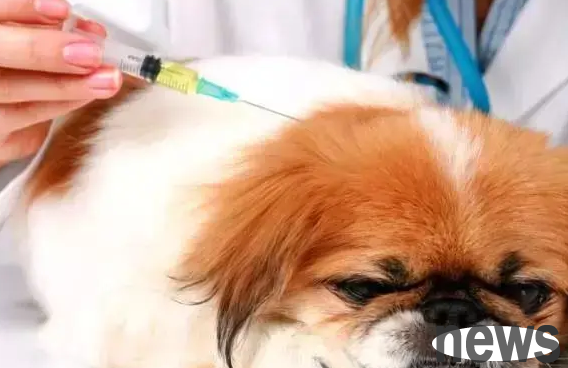What should I do if a dog has diabetes? Dog diabetes is an endocrine disease in dogs, and is characterized by clinically high blood sugar, diabetes, polyuria, drinking more, eating more, and weight loss. Obese old dogs over 5 years old are prone to...
What should I do if a dog has diabetes? Dog diabetes is an endocrine disease in dogs, and is characterized by clinically high blood sugar, diabetes, polyuria, drinking more, eating more, and weight loss. Obese old dogs over 5 years old are prone to this disease (dogs aged 8 to 9 years old have the highest incidence), and the incidence rate of bitches is 2 to 4 times that of male dogs.
1. The cause of dog diabetes:
1. The direct cause is: insufficient secretion of insulin in the endocrine of the dog's pancreas.
2. Liver disease prevents liver sugar from accumulating.
3. The sugar center in the medulla oblongata is stimulated and blood sugar increases.
4. Paraadrenal, thyroid, and pituitary gland diseases, increase blood sugar when hyperfunction is performed.
5. Drugs such as sedatives, anesthetics, thiazides and phenytoin sodium affect the release of insulin.

2. Clinical symptoms of dog diabetes:
1. When a dog has diabetes, the main symptoms are restlessness, thirst, polyuria, gluttony, weakness and weight loss;
2. When the sick dog is in a serious condition, there is a keto smell when exhaling. Further development can be seen, stubborn vomiting and sticky diarrhea can lead to acidosis and eventually fall into diabetic coma;
3. Blood sugar increases, usually 75 120 mg/100 ml in dogs, and this disease increases to 150 mg/100 ml, sometimes even 400 mg/100 ml;
4. End-stage causes corneal ulcers, cataracts, vitreous turbidity, omentum peeling, blindness, skin ulcers, hair loss, heart failure, and even coma;
3. Prevention and treatment measures for dog diabetes:
1. The treatment principle of this disease is to reduce dog blood sugar and correct water, electrolysis and acid-base balance disorders.
2. Send the dog to the hospital for treatment in a timely manner, take medicine on time and treat for a long time according to the veterinarian's instructions.
3. Bad therapy is the basic treatment for dogs. Its principle is to give low-carbohydrate foods, such as meat, milk, etc.; supplement sufficient B vitamins; feed regularly and regularly, and a small amount of multiple times.
4. For those who urgently need to control hyperglycemia and correct metabolic disorders, fast-acting insulin should be used; for those who have stable condition, long-acting or medium-acting insulin should be generally used.

5. Oral antidiabetic drugs, commonly used drugs include benzenesulfonylcyclohexurea acetate, chloropropionurea, toluenesulfonbutamide, and eugenic acid. Generally, it is limited to diseased dogs with blood sugar that does not exceed 200 mg per 100 milliliters and does not have ketoemia.
6. Insulin therapy, half an hour before feeding in the morning, subcutaneously inject 0.5 micrograms/kg body weight, once a day. For sick dogs with ketoacidosis, crystalline insulin or semi-slow insulin zinc suspension can be used, and small doses of continuous intravenous intravenous infusion or small doses of intravenous injection are 0.1 microgram per kilogram of body weight, muscle injection dose is more than 3 kilograms and 1 microgram of 1 microgram and less than 10 kilograms.
7. For liquid therapy, Ringer's Lactate solution, 0.45% sodium chloride solution and 5% glucose solution can be used. The amount of intravenous liquid should generally not exceed 90 ml/kg body weight. You can first inject 20-30 ml/kg body weight, and then slowly inject it. And replenish potassium salt in time.